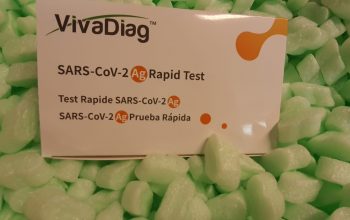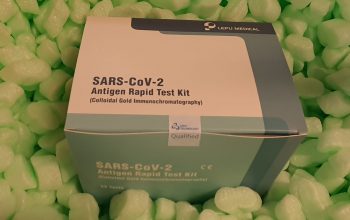Sarcopenia is an age-related illness that has progressively develop into a severe well being downside for aged people. It not solely significantly will increase the chance of falls, weak point, and incapacity but additionally reduces the flexibility of sufferers to take care of themselves. Sarcopenia can instantly have an effect on the standard of life and illness prognosis of aged people. However, drug interventions for this illness are missing. Melatonin is a organic hormone produced by the physique that has good free radical scavenging results, antioxidant results and different results. It was initially used as a sleep support and is now getting used for an growing quantity of new indications. Its impact on sarcopenia has additionally begun to draw consideration.
It is at the moment identified that it may defend the mitochondria of skeletal muscle cells, keep the quantity of muscle fibres, partially reverse the pathological modifications of ageing muscle tissue, and enhance muscle power in sufferers with sarcopenia. A big quantity of microRNAs are expressed throughout cell ageing, that in flip supplies a organic background to age-related illnesses, like sarcopenia. Increasing research have discovered an interplay between melatonin and miRNAs, suggesting that melatonin can be utilized in the therapy of sarcopenia. The elevated expression of inflammation-associated miRNA-483 in aged sufferers will be the foundation for the age-dependent lower in melatonin secretion,that will play a role in the morbidity of sarcopenia.
Melatonin is carefully associated to sarcopenia. It has a variety of results on sarcopenia and has good application prospects for the prevention and therapy of sarcopenia. This mannequin successfully recapitulates the slowly growing, grownup onset motor decline seen in PD resulting from mass loss of DA neurons. MitoPark mice due to this fact characterize an efficient device for finding out the sequence of occasions that happens in the early levels of DA neuron degeneration following mitochondrial impairment, in addition to for testing the efficacy of potential disease-modifying therapies in a progressive mannequin of neurodegeneration.
Tanshinone IIA mixed with CsA inhibit myocardial cell apoptosis induced by renal ischemia-reperfusion harm in overweight rats

Extracellular Mitochondria Signals in CNS Disorders
Mitochondria actively take part in the regulation of cell respiratory mechanisms, metabolic processes, and vitality homeostasis in the central nervous system (CNS). Because of the requirement of excessive vitality, neuronal performance and viability are largely depending on mitochondrial performance. In the context of CNS issues, disruptions of metabolic homeostasis attributable to mitochondrial dysfunction result in neuronal cell dying and neuroinflammation. Therefore, restoring mitochondrial operate turns into a major therapeutic goal. Recently, accumulating proof means that energetic mitochondria are secreted into the extracellular fluid and doubtlessly act as non-cell-autonomous indicators in CNS pathophysiology.
[Linking template=”default” type=”products” search=”Mouse Brain Mitochondrial Protein” header=”2″ limit=”143″ start=”1″ showCatalogNumber=”true” showSize=”true” showSupplier=”true” showPrice=”true” showDescription=”true” showAdditionalInformation=”true” showImage=”true” showSchemaMarkup=”true” imageWidth=”” imageHeight=””]
In this mini-review, we overview findings that implicate the presence of cell-free extracellular mitochondria and the important role of intercellular mitochondrial switch in varied rodent fashions of CNS issues. We additionally focus on remoted mitochondrial allograft as a novel therapeutic intervention for CNS issues. A focused overview of key findings from MitoPark mice has not been printed for the reason that early years following the preliminary report of the mannequin in 2007. The present overview synthesizes findings from a number of teams which might be exploring MitoPark mice and discusses implications for the longer term identification of disease-modifying therapies for PD.




